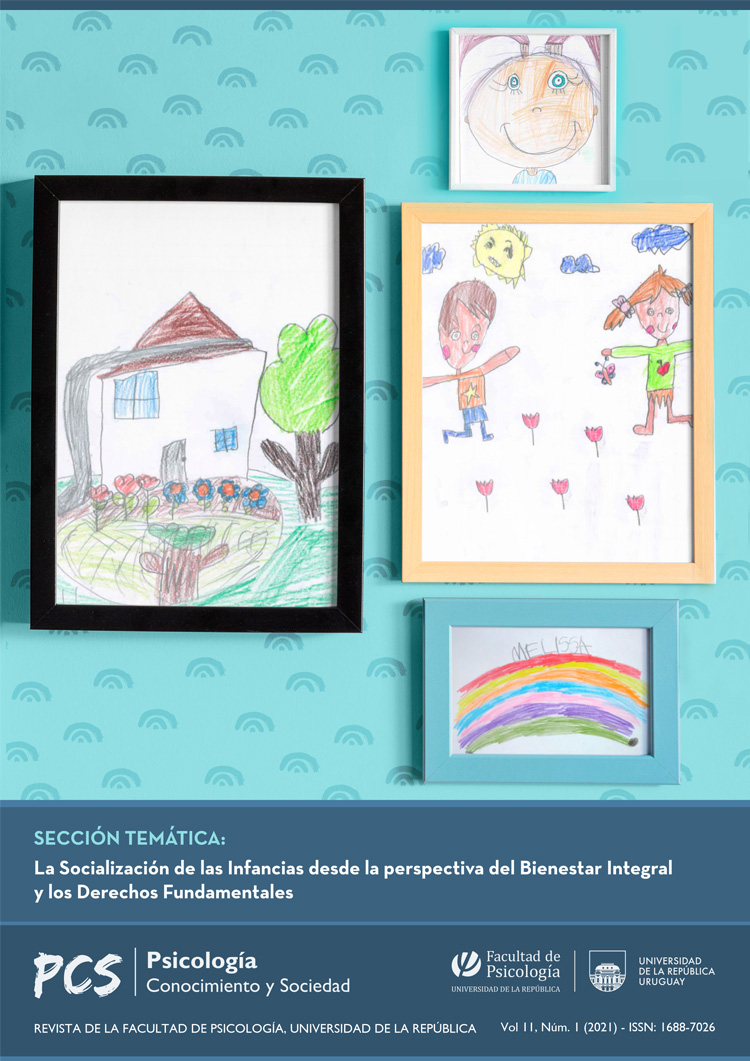Toddlers as social actors in early education
Contenido principal del artículo
Resumen
This article focuses on the interaction among young toddlers during their second year of life in a Swedish preschool, with the view of toddlers as social actors. The overall aim is to explore interaction, communication, and the creation of friendship between young children during self-initiated play activities. Play is looked upon as a rich arena for observing toddler interaction.
The theoretical framework for the study is phenomenology, the view of the child as a social person and a child-oriented perspective. This article will also address the important concepts of methodology and research ethics, in relation to an ethnographic early childhood study, intended to investigate toddler's life worlds. A close analysis of their worlds may reveal what was not visible before – like a kaleidoscope. Six one-year-old girls and boys in a setting, in a total of 15 children, were the focus of this study's observations for nine months. Participatory methods, photos, field notes and video-recordings, were used for the data collection.
The findings of the ethnographic study recognise theoretically the competence of the toddler as a social actor, the child as an active participant, and the strategic nonverbal and verbal actions of children to initiate friendship. Mutual awareness, joint attention, shared smiles, coordinated movements, as well as other types of synchronized actions are understood as parts of nonverbal elements in emerging friendship. The competencies of attunement, taking other's perspectives and turn-taking were found in play among the young toddlers.
The theoretical framework for the study is phenomenology, the view of the child as a social person and a child-oriented perspective. This article will also address the important concepts of methodology and research ethics, in relation to an ethnographic early childhood study, intended to investigate toddler's life worlds. A close analysis of their worlds may reveal what was not visible before – like a kaleidoscope. Six one-year-old girls and boys in a setting, in a total of 15 children, were the focus of this study's observations for nine months. Participatory methods, photos, field notes and video-recordings, were used for the data collection.
The findings of the ethnographic study recognise theoretically the competence of the toddler as a social actor, the child as an active participant, and the strategic nonverbal and verbal actions of children to initiate friendship. Mutual awareness, joint attention, shared smiles, coordinated movements, as well as other types of synchronized actions are understood as parts of nonverbal elements in emerging friendship. The competencies of attunement, taking other's perspectives and turn-taking were found in play among the young toddlers.
Detalles del artículo
Sección
Artículos de la Sección Temática
Psicología, Conocimiento y Sociedad aplicará la licencia internacional de atribuciones comunes creativas (Creative Commons Attribution License). Bajo esta licencia, los autores retienen la propiedad de copyright de los artículos pero permiten que, sin que medie permiso de autor o editor, cualquier persona descargue y distribuya los artículos publicados en la revista. Los artículos y autoras/es deberán ser citados. Esta licencia facilita el acceso abierto, gratuito y libre a trabajos originales científicos y artísticos.
Los autores/as se comprometen a aceptar las condiciones de esta nota de propiedad intelectual, que se aplicarán a este envío cuando sea publicado en esta revista.

